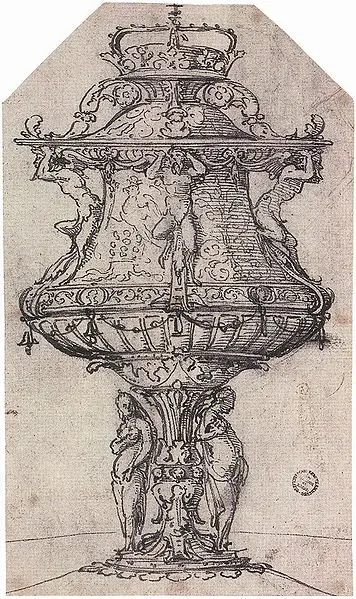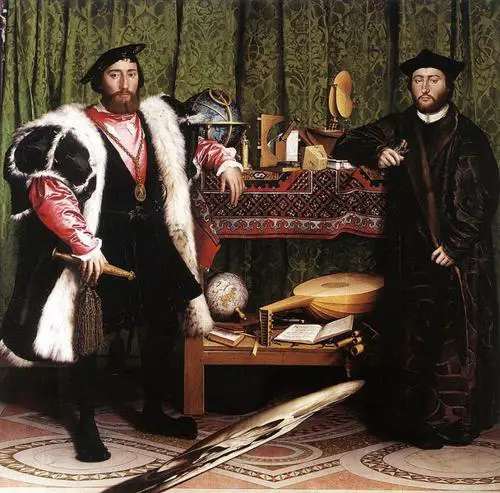Anne Boleyn and Hans Holbein

Anne Boleyn’s connection to the renowned artist Hans Holbein the Younger is a significant moment in Tudor history. Holbein, known for his detailed and lifelike portraits, captured the essence of Anne Boleyn in one of the most famous images of her. His painting, thought to have been created around 1533, presents Anne with a poised and regal appearance, symbolizing her status as Queen of England.
This portrait of Anne, which was likely used for diplomatic purposes, offers a glimpse into her public persona. Holbein’s meticulous style highlighted Anne’s beauty and strength, reinforcing her role as a powerful figure at court.
While no other known works by Holbein directly depict Anne, this iconic portrait remains a testament to her influence and the importance of art in shaping royal image during the Tudor period. Anne’s legacy, immortalized by Holbein’s brush, continues to captivate viewers today.
On this page you will find pictures of the various pieces that Hans Holbein designed for Anne Boleyn.
Mount Parnassus
Hans Holbein was commissioned by Anne Boleyn to design displays for her coronation processions on the 31st May and 1st June 1533. One tableau was erected in Gracechurch Street and was a representation of Apollo and the Muses on Mount Parnassus.

The Basle Cup
This cup was designed by Hans Holbein for Anne Boleyn and it featured four satyrs, a crown cover and Anne’s device, a falcon, standing on roses.
This cup has often been mixed up with the table fountain that Anne gave Henry VIII in January 1534 but Eric Ives points out that the drawing of the Basle cup is not that of a water device and the descriptions of the table fountain do not make any mention of the crown cover or the four satyrs.

The Table Fountain
This silver-gilt table fountain was commissioned by Anne Boleyn as a New Year gift for Henry VIII for New Year 1534. It is described in Letters and Papers as:-
“A goodly gilt bason, having a rail or board of gold in the midst of the brim, garnished with rubies and pearls, wherein standeth a fountain, also having a rail of gold about it garnished with diamonds; out thereof issueth water, at the teats of three naked women standing at the foot of the same fountain.” LP vii. 9

The Ambassadors
This famous Renaissance painting was painted in Spring 1533 by Hans Holbein and Eric Ives wonders if it was actually commissioned by Holbein’s patron at this time, Anne Boleyn. The pillar dial on the painting gives a date of the 11th April 1533, the very date that Henry VIII’s court was informed that Anne Boleyn was queen, so Anne may well have had something to do with this work of art.
You can read more about the history of this painting and its symbolism in my three part series which starts with “Holbein’s The Ambassadors: A Renaissance Puzzle? – Part One: Context”
- #PortraitTuesday – The Holbein drawing of Anne Boleyn
- #WednesdayFact – Anne Boleyn commissioned a special gift for Henry VIII from Holbein
- 11 April 1533 – Royal Honours Given to Anne Boleyn
- 11 April 1533 – Anne Boleyn and Henry VIII Triumphant
- 11th April 1533, Good Friday – Anne Boleyn is Queen
- Holbein’s The Ambassadors: A Renaissance Puzzle – Part Three: Jupiter and Change
- Holbein’s The Ambassadors: A Renaissance Puzzle? – Part Two: Symbols
- Holbein’s The Ambassadors: A Renaissance Puzzle? – Part One: Context
- Anne Boleyn’s Faith
